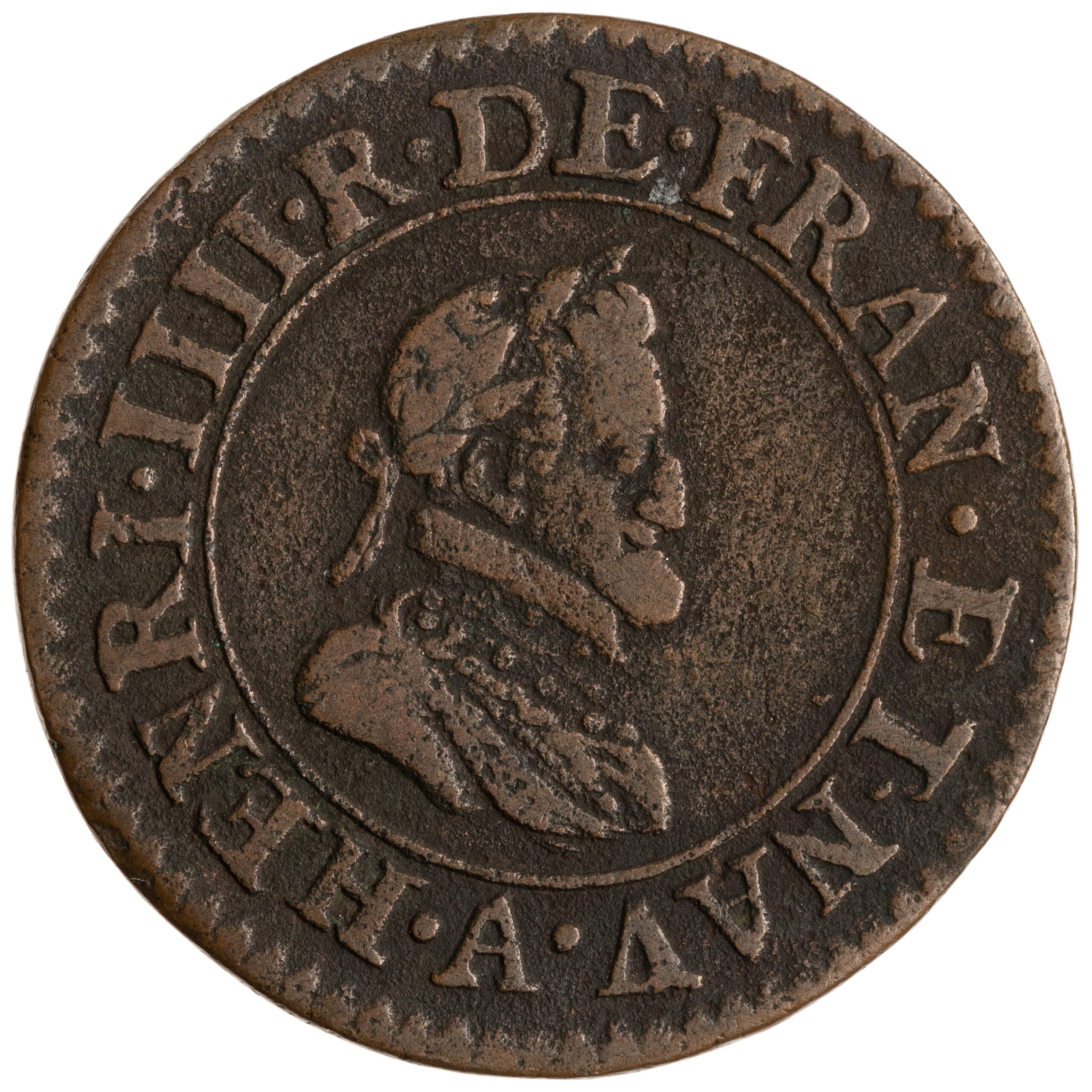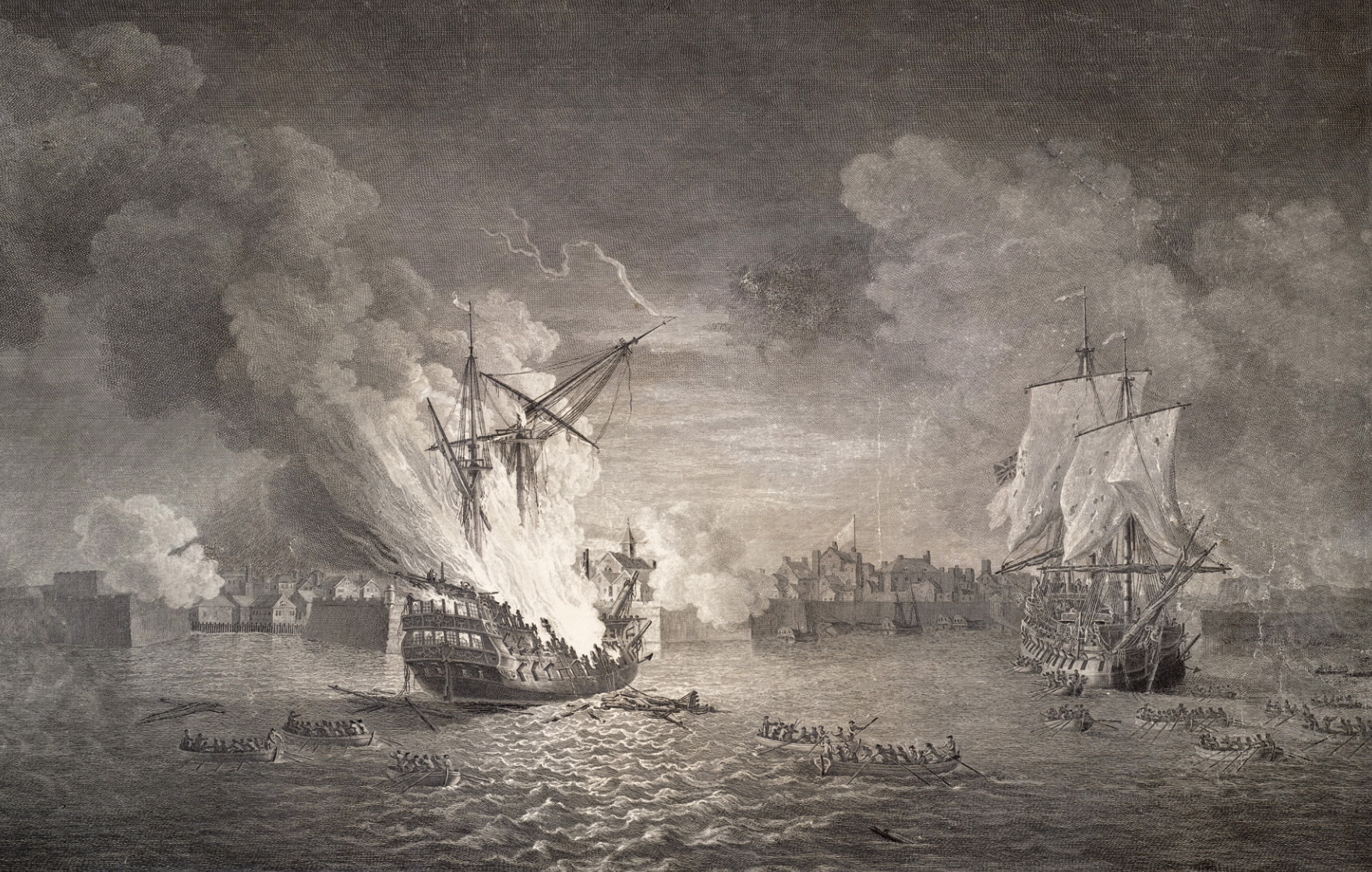The Principality of Arches
A small group of coins currently in our photography queue raise some interesting issues regarding what constitutes a country that can issue coins. These are coins of the Principality of Arches, located in what is now eastern France, issued in the 1600s.
The Principality of Arches was not a relic of medieval feudalism; it was a new creation of the seventeenth century. However, the circumstances that allowed its creation owed much to the late medieval and early modern formalization of feudalism into written law. As legal scholars struggled to integrate feudal customs with the tradition of Roman written law, they created rigid categories and sharp distinctions that had not existed before. These new legal concepts in turn affected the ways that law and government worked in late medieval and early modern Europe, by turning small quirks into major exceptions to rules.
Charles Gonzaga was a French nobleman, born in 1580, the son of Ludovico Gonzaga (a junior member of the ducal family of Mantua in Italy) and Henriette de La Marck (heiress of the duchies of Nevers and Rethel in France). Upon his father’s death in 1595, Charles became the duke of both Nevers and Rethel, making him one of the foremost aristocrats in France.

Charles Gonzaga, duke of Nevers, Rethel, and Mantua.
This was a time of increasing royal power and centralization in France. The aristocracy were still wealthy and prestigious, but they no longer wielded the sort of power they had had in the Middle Ages—or that their contemporaries in the German and Italian states still had. However, Charles Gonzaga saw a way that he could combine his status in France with the trappings of governmental power.
The duchy of Rethel was located along the eastern border of France. One of its dependencies was the lordship of Arches, which was in the Holy Roman Empire, just across the border. Arches had been acquired by a count of Rethel back in the thirteenth century, when nation-states and national borders were not yet significant problems and it was not unusual for a feudal baron to hold land from more than one suzerain.
By the early seventeenth century, the formalization of law and government aimed at removing ambiguities and clarifying powers and obligations. In France, the monarchy was asserting supremacy with increasing effectiveness; in the Empire, it was acknowledged that the territorial lords had effective sovereignty. Charles Gonzaga, with his mixed heritage from imperial Italy and royal France, saw an opportunity to manipulate this difference in local disambiguations.
Historically, Arches had never amounted to much politically, but because it had long been subject to French Rethel, it was not subject to any lord within the Empire other than the emperor himself. That made it, in terms of the emerging consensus of imperial law, arguably a sovereign principality. So, in 1606, Charles began the construction of a new city in his small patch of imperial territory in Arches; with typical modesty he named it Charleville after himself. He made this city the capital of a new principality of Arches.
The Place Ducale, the central square in Charleville, built between 1606 and 1624.
Governing the land of Arches may not have been particularly rewarding in itself, but his new principality gave Charles the many rights of a sovereign ruler. He remained a subject of the French king when he was at Fontainebleau, but in Charleville he had the status of a sovereign state in international law. The minting of coinage was one of many forms this took: a way of making money in more than one sense, as well as an opportunity to display his importance.
As it turned out, he would have obtained this status regardless. A couple of decades later, in 1627, the death of his last surviving cousin of a more senior branch of the Gonzaga family left Charles as the heir to the duchy of Mantua, a far more important principality of the Empire. Even so, when his grandson Charles II sold Nevers and Rethel to the French chief minister, Cardinal Mazarin, in 1657, he retained Arches along with Mantua.




